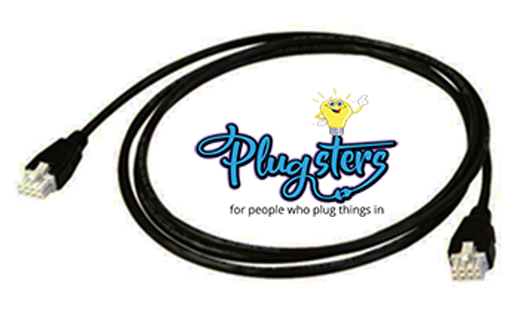Description
LVC – DLVP Low-Voltage Lighting Cable – Product LVC-15P
15 Foot long
- Pre-terminated for quick reliable plug-n-play connectivity
- Power and communications in the same cable
- 8-foot lengths typical for downlight spacing
- 15-foot lengths typical for ambient spacing
- 8, 15, and 30-foot lengths to connect the first fixture on a circuit
- Supports daisy-chain LED fixture connections
- Plenum rated
- Black color for silent ceiling applications
The Distributed Low-Voltage Power System utilizes pre-terminated low-voltage lighting cables for safe, flexible LED lighting installations. Low-voltage lighting cables provide for fast, error free installation of LED light fixtures. Cables are available in pre-terminated lengths typical to application / fixture type for error free connectivity of Class 2 circuits in plenum rated applications.


Reviews
There are no reviews yet.